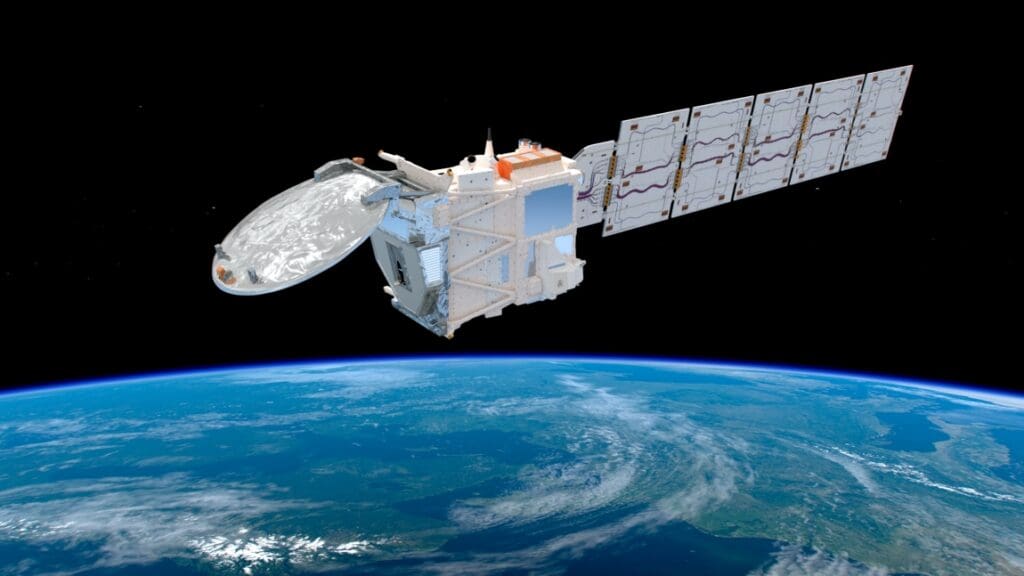The rapid melting of Arctic permafrost, driven by climate change, has unleashed a significant environmental threat as vast reserves of toxic mercury are released into the ecosystem. Researchers from the USC Dornsife College of Letters, Arts, and Sciences have discovered a more accurate way to measure this hazard, revealing that millions of people, particularly in the Arctic region, could be at risk.
The Yukon River, flowing wet across Alaska, has become a key area of concern. As it erodes the permafrost along its banks, mercury that has been trapped for millennia is being released into the water and sediment, posing a danger to the food chain. The Arctic region is heating up to four times faster than the global average, exacerbating this issue.
In a recent study published in Environmental Research Letters, the research team, which includes scientists from Caltech, MIT, Delft University of Technology in Netherlands and the Yukon River Inter-Tribal Watershed Council, examined mercury levels in sediments along the Yukon River Basin. Their findings confirmed that mercury concentrations in these sediments align with the highest previous estimates, highlighting the significant threat posed by these releases.
The researchers also utilized satellite data to monitor the shifting course of the Yukon River, which influences the amount of mercury-laden sediment eroded from the riverbanks. Their analysis revealed that finer-grained sediments tend to contain more mercury, indicating that certain soil types may present greater risks.
“Taking into account all of these factors should give us a more accurate estimate of the total mercury that could be released as permafrost continues to melt over the next few decades,” said Isabel Smith, a doctoral candidate at USC Dornsife and the study’s corresponding author.
While the immediate threat of mercury toxicity is low, the long-term effects could be devastating, particularly for the approximately 5 million people living in the Arctic zone. Over time, mercury accumulation in the food chain, especially through fish and game, could pose severe health risks.
“There could be this giant mercury bomb in the Arctic waiting to explode,” says study co-author Josh West, professor of Earth sciences and environmental studies at USC Dornsife.
The study’s authors hope that their work will lead to more precise assessments of the potential impact of this “mercury bomb.” As the permafrost continues to melt, understanding the balance between mercury erosion and reburial processes will be crucial in mitigating the threat to both the environment and human health.
***
Additional authors on the study include Emily Seelen at USC Dornsife; Yutian Ke, Emily Geyman, Jocelyn Reahl, John Magyar, Woodward Fischer and Michael Lamb at Caltech; Madison Douglas at Caltech and MIT; Kieran Dunne at Caltech and Delft University; and Edda Mutter at the Yukon River Inter-Tribal Watershed Council.
This study was supported by National Science Foundation grants 2127442, 2127444 and 2127445, the Geological Society of America, and the Resnick Sustainability Institute at Caltech.
Journal Reference:
M. Isabel Smith, A. Joshua West, Michael P. Lamb et al. ‘Mercury stocks in discontinuous permafrost and their mobilization by river migration in the Yukon River Basin’, Environmental Research Letters (19 084041: 2024). DOI: 10.1088/1748-9326/ad536e | https://doi.org/10.1088/1748-9326/ad536e
Article Source:
Press Release/Material by USC Dornsife `/ University of Southern California
Featured image: A 2022 drone image of the Yukon River and its floodplain downstream from Beaver, Alaska, shows accumulations of sediments, which harbor the toxic metal mercury. Credit: Michael P. Lamb




